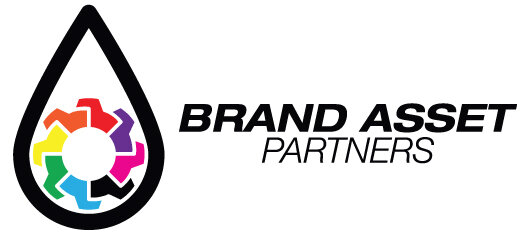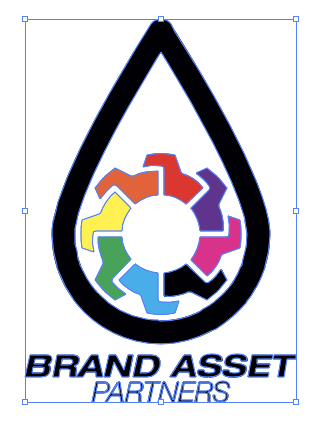Submit Your Art…Follow these easy steps!
Request a template for the product you are ordering to create your art. Please don’t try to freehand it and submit.
You can find templates here
Save templates under new file name, please don’t resave template and submit.
Submit Art 10MB or less by emailing art@BrandAssetPartners.com
Files over 10MB transfer them into our Dropbox. Click here for Dropbox link and we will have the link to you in 5 minutes of receipt (during normal business hours).
Accepted File Types
We can accept anything: e-mailed art, faxed art, or mailed hard copy. Just send us what you have and we'll work with you on the rest. Keep in mind that to keep your order moving as fast as possible, we prefer to receive vector file formats.
Note: Changing the file name to a vector file extension will not change the file type.
Preferred Vector File Types:
PDF (Adobe Acrobat)
Embed the fonts used or export as generic .eps
AI or EPS (Adobe Illustrator)
Convert text to outlines, embed any linked image
Other Accepted File Types:
DOC, PPT or PUB (Microsoft Office Files)
Embed or include fonts
BITMAPS (.jpg, .tif, .pcx, .gif, .png, .bmp)
PNG files must have transparent background
Full Color Artwork
Resolution
Your file must be at least 300dpi or vector art. If your image is below 300dpi, please do not simply increase the resolution. This will result in a very blurry, pixelated image. Ideal full color artwork will be 300dpi or higher at the size it will be printed.
Bleed
The bleed area runs along the edges of your document. You will want to extend any background image or color all the way to the edge, and slightly past it, to prevent any white borders from showing.
Web Images
When images are taken from a website, they are typically 72dpi. This resolution is not high enough for printing purposes. You may also run into copyright restrictions when using web images and therefore we do not recommend using these in your artwork. The only exception would be if the image was purchased from a stock photo website at a large resolution.
Raster vs Vector
Raster files are made up of pixels and are commonly called bitmaps.
Vector files use coordinates to create shapes with points and lines. This file type maintains high image quality at any size.
VECTOR
RASTER
IS PNG A VECTOR FILE
THE QUICK ANSWER IS NO
PNG is not a vector file. One of the most flexible and popular formats to store an image is called PNG or Portable Network Graphics is a raster format file.
A PNG or Portable Network Graphics file is a type of raster or bitmap image file format. What this means is that in this format, the image is made up of pixels, which are essentially the building blocks which come together to form the complete image. The one distinct characteristic that defines a PNG image is that it cannot be enlarged without any distortion. This is because the moment you enlarge a PNG image, the pixels become visible, giving the entire image a grainy (distorted) look. PNG format is great for creating high-quality transparent web graphics or illustrations with limited colors. Apart from PNG, other file formats for raster files include Joint Photographic Experts Group (JPEG), Animated Portable Network Graphics (APNG), Graphics Interchange Format (GIF), and Moving Picture Experts Group (MPEG)
A vector image is a format that uses geometric forms like dots, lines, arcs, and other two-dimensional shapes. These shapes or elements are brought together to form different parts of the image. One great thing about vector images is that all these separate forms can be edited individually without impacting the rest of the elements or parts of the image. A distinct characteristic of the vector image is that it remains crisply clear when you enlarge it, irrespective of the resolution or size of the image. For this reason vector images are used typically for logos, icons, typesetting, digital illustration A vector image has many types or formats under it, including Scalable Vector Graphics (SVG), Encapsulated PostScript (EPS), Portable Document Format (PDF) or Adobe Illustrator Artwork (AI).


